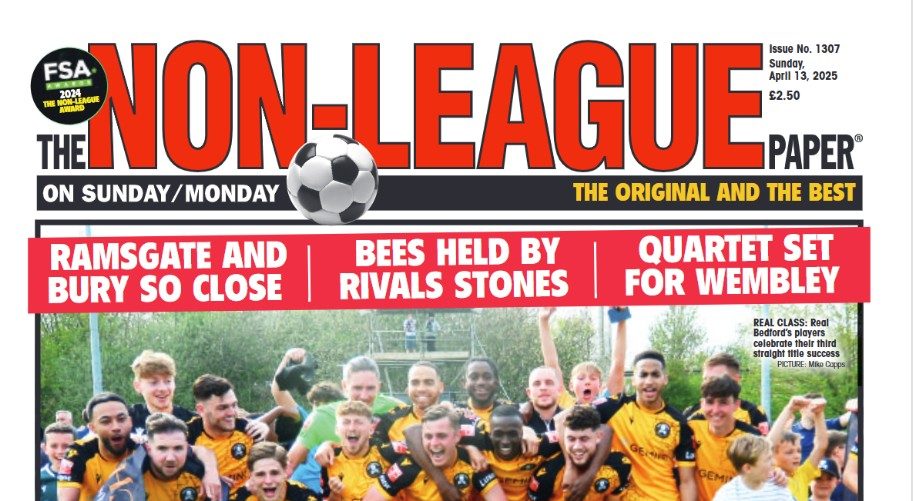It isn’t a hush topic to speak about the struggles faced by non-league teams. Their lifeline for years has been the unwavering support of their local communities, showing up on the sidelines or stands in rain, snow, sleet and whatever other conditions a Saturday can offer, shouting encouragement and placing bets using betting bonuses that can turn £10 into a pint for everyone after the match.
However, the hurdles these clubs have faced in recent years are sharply becoming outgrown by the cost of living crisis grappling the UK that is showing no signs of relenting.
The cost of living and descent into economic crisis will have a significant impact on non-league football clubs in the United Kingdom. These clubs, which compete in leagues below the top four professional divisions, often have limited resources and are heavily reliant on the financial support of their local community.
One way in which the cost of living will affect them is through the cost of player wages. Non-league clubs typically have much smaller budgets than professional clubs, and as such, they may not be able to afford to pay players as much as their counterparts in the higher divisions. Semi-professional players cant afford to give up half of their working week to play football for the low wages on offer. This can make it difficult for non-league clubs to attract and retain talented players, which can impact their overall performance on the pitch.
Another way heavily linked to budgeting is through the cost of running the club itself. Limited finances will mean inability to maintain their facilities, stadiums and training grounds – with electricity being a huge battle to pay. This can make it difficult for them to invest in the necessary infrastructure and equipment to support the team.
In addition to the direct costs of running a football club, the cost of living can also impact non-league clubs indirectly through the community. If the cost of living in the local area is high, it may be more difficult for these businesses and individuals to provide the support these clubs rely on. This can create a financial strain on both the club and its fans.
Smaller teams rely on their smaller, dedicated fan bases to provide what financial support they can to the club through ticket sales, social events or just general money spent at games. If the cost of living goes up much more, this non league lifeline will also suffer.
The support of fans is vital for the overall health and success of non-league football clubs both through the community it creates and the money it provides. By attending matches, buying merchandise, and engaging with the club in other ways, fans help to create a sustainable business model for the general community and ensures its long-term viability. As the financial squeeze truly grips the UK and the fundamentals of support start to be shaken, the future of non league football is at a serious risk.



















